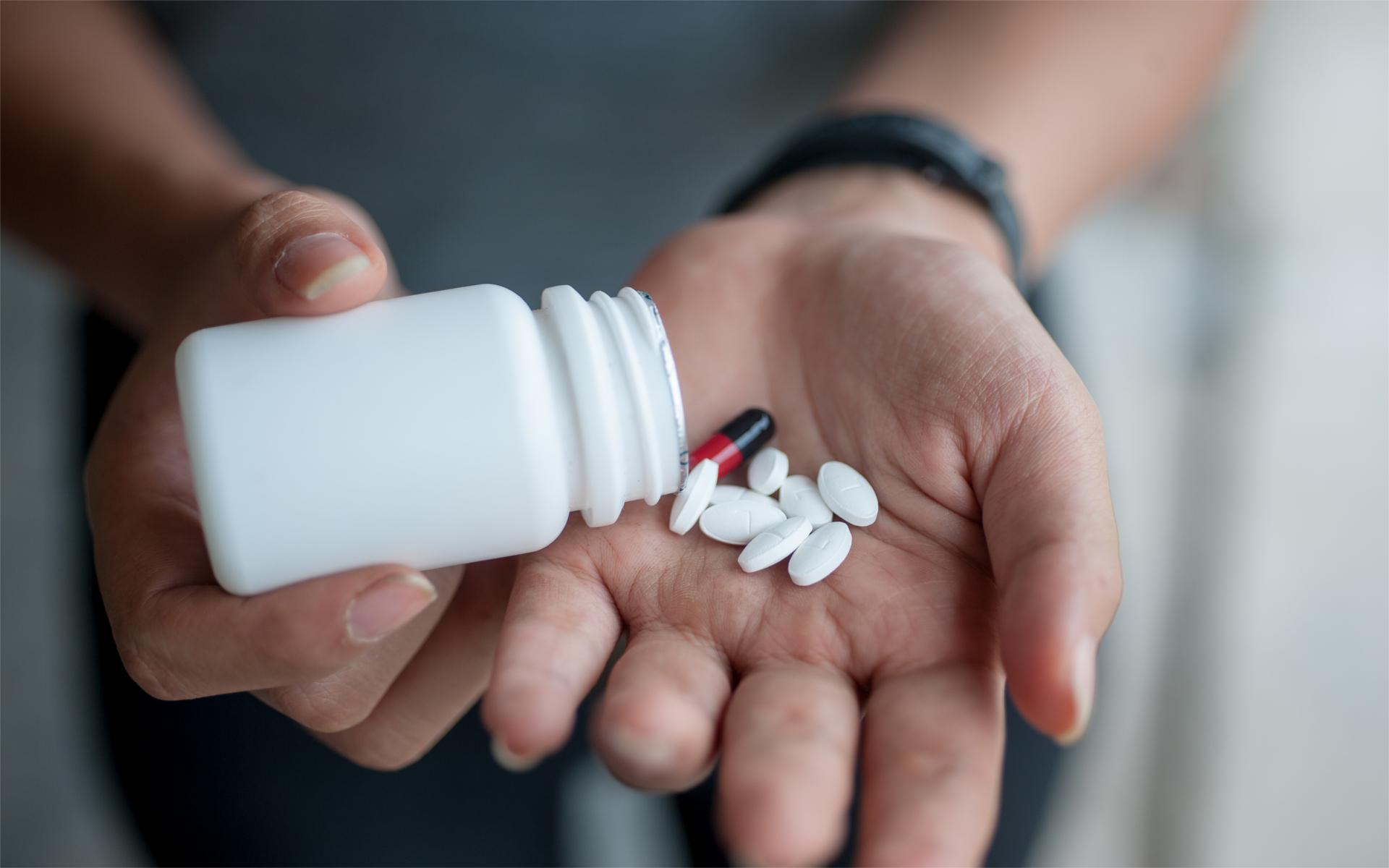Repeated substance use can cause changes in how the brain functions. These changes can last long after the immediate intoxication wears off. Intoxication is the intense pleasure, euphoria, and calm that is caused by the substance; these symptoms are different for each substance. With continued use of a substance, tolerance can develop, where someone may require larger amounts in order to fell these effects. Additionally, discontinuing use can lead to symptoms of withdrawal and intense cravings to return to use, often experienced as anxiety.
People with a substance use disorder may have distorted thinking and behaviors. Changes in the brain’s structure and function are what cause people to have intense cravings, changes in personality, abnormal movements, and other behaviors. Brain imaging studies show changes in the areas of the brain that relate to judgment, decision-making, learning, memory, and behavioral control.
What are the Symptoms of Substance Use Disorders?
Symptoms of substance use disorder are grouped into four categories:
- Impaired control: the experience of a craving or strong urge to use the substance; desire or failed attempts to cut down or control substance use.
- Social problems: substance use causes failure to complete major tasks at work, school or home; social, work or leisure activities may be cut back or given up entirely.
- Dangerous use: substance is used in unsafe settings; continued use despite known problems.
- Drug effects: tolerance (need for larger amounts to get the same effect); withdrawal symptoms (different for each substance).
Many people experience substance use disorder along with another psychiatric disorder. Another psychiatric disorder can, but does not necessarily, precede another psychiatric disorder. It is also possible that the use of a substance may trigger or worsen another psychiatric disorder.
What are the treatments for Substance Abuse Disorders?
Medications
Medications are used to control cravings, relieve symptoms of withdrawal, and to prevent relapses. Depending on the substance of abuse potential medications treatments include Naltrexone, Vivitrol, Antabuse, Acamprosate, Clonidine, Suboxone and Subutex.
Psychotherapy
Psychotherapy can help individuals with SUD better understand their behavior and motivations, develop higher self-esteem, cope with stress, and address other psychiatric problems.
A person’s recovery plan is unique to the person’s specific needs and may include strategies outside of formal treatment. These may include:
- Hospitalization or outpatient guidance for medical withdrawal management (detoxification).
- Therapeutic communities (highly controlled, drug-free environments) or sober houses.
- Outpatient medication management and psychotherapy.
- Intensive outpatient programs.
- Residential treatment (“rehab”).
- Mutual-aid groups (Alcoholics Anonymous, Narcotics Anonymous, SMART Recovery).
- Self-help groups that include family members (Al-Anon or Nar-Anon Family Groups).

